The courted Lady
Rare figurine representing a courted lady in the Middle Ages
Polychrome glazed ceramic
stamped "Th.Deck" on the underside
We also suggest for sale the lover forming thus a stunning pair.
France
circa 1880
height 31,5 cm
width of the base 17 x 12 cm
our web catalog link :
https://galerietourbillon.com/deck-theodore-rare-paire-de-sujets/
Galerie Tourbillon : Free valuation - Buy and Sell at best prices
Biography :
Théodore Deck (1823-1891) was a French ceramist born in Guebwiller in Alsace. He is passionate about chemistry and physics. In 1841 he was apprenticed to the master stove fitter Hugelin father in Strasbourg. In two years, it learned of the legacy of the sixteenth century methods, such as inlay colored pastes in the manner of Saint-Porchaire. This learning does not stop him to occupy his free time drawing or modeling clay in the studio of sculptor André Friederich. Escaping military service, he toured Germany as it is traditional in-Stove Fitting potters Alsatian companions. The quality of his work allows him to get large orders in Austria for the castles of the provinces and the imperial palaces, including the palace of Schönbrunn. He moves on to Hungary Pest Prague, then back north through Dresden, Leipzig, Berlin and Hamburg. With his learning, he arrived in Paris in 1847. Recommended by Hugelin it comes to stoves factory Bavarian potter Vogt, located rue de la Roquette. The Revolution of 1848 interrupted production and Deck decides to return to his hometown. His family advised her to start a small workshop terracotta: there realizes some busts, statuettes, vases, lamps and famous ancient copies. Aware that this situation does not allow him to properly meet his needs, he returned to Paris in 1851 where he is employed by the Dumas widow, daughter of the potter Vogt for which he had worked. Hired as a foreman, it provides designs for the workers, while working the land itself.
The following year, he decided to settle near his former employer at 20, rue de la Fontaine au Roi, probably using their ovens. His brother Xavier Deck, joined him. It's officially in 1858 as Deck brothers create their business and moved to Paris at 46 Boulevard Saint-Jacques. At first, the brothers realize that pans coatings. But the business works so well that barely a year after installation they want to diversify their production and get into the ceramic coating of buildings and in the form of coins. Deck is interested in politics. In 1870, he opted for French nationality. Sympathizer of the Radical Party, he was elected deputy mayor in the 15th arrondissement of Paris.
In 1861, at the Salon des Arts and Paris Industry held on the Champs Elysees, Théodore Deck exhibited for the first time his achievements: these pieces with inlay decoration called "Henry II" and other parts covered with a turquoise blue enamel or decoration in the style of Iznik ceramics. If he wins a silver medal, critics are however mixed. The following year, on the occasion of the Universal Exhibition of 1862 in London, he conquers the English customers. It surprises by presenting as the previous year's Alhambra vase of exceptional dimensions (1.36 m high and 2.25 m in circumference) that is purchased by the South Kensington Museum a few years later. At the same exhibition is however noticed the many cracks in the glaze and poor adhesion to the dough. At the Exhibition of Industrial Arts in 1864 Deck manages to present parts not covered with cracked transparent enamels.
Théodore Deck explain the manufacture and properties of these transparent enamels in 1887 when publishing his treatise The earthenware. A year later, he made the first tests in reliefs transparent enamels. He will never abandon this technique which will also be taken up by many large factories. Drawing up pastiche of Islamic ceramics, Egyptian, Chinese, Japanese or majolica, it evolved characters, birds, flowers, ornaments of all kinds in a turquoise glaze, green, yellow or manganese. It is mainly a characteristic blue that the public retains of this technique: a brilliant turquoise shade it adopts immediately under the name Blue Deck or Blue Deck.
Théodore Deck string of innovations. On the occasion of the Universal Exhibition of 1867, the factory receives a silver medal thanks, among others, with metallic reflections he gets on some parts. If these exhibitions become the engine of these technical advances, they nevertheless represent considerable expense.
In 1869, Theodore Deck opens Halevy Street retail store in the Paris Opera district , the direction is provided by his sister.
On the occasion of the World Expo 1873 in Vienna, it has a spectacular garden of two meters wide, backed by a panel of nearly four meters high. All preserved in Geneva Ariana Museum, was made on drawings by Emile-Auguste Reiber.
Théodore Deck was appointed in 1875 to head the Development Committee of the Manufacture de Sèvres. Upon installation, Deck brothers meet in their artist friends and implement a principle of collaboration. Following this principle, Deck realizes plates, tiles or plates (rarely vases) that gives paint artists who for many already proven at the show. The sales gains are divided into two fair shares. Deck also trains apprentices who will in turn school. The most famous of them, Edmond Lachenal, will continue the work of the great ceramist developing his art in the spirit of Art Nouveau. Author of a magisterial treatise on earthenware, he became in 1887 - Supreme recognition - director of the Manufacture Nationale de Sèvres and leaves his brother Xavier, Richard and his nephew, the direction of their company. There will perform soft porcelain and improving production technology, manage to give their grandiose dimensions, covering its celadon glazes and turquoise.
Théodore Deck based since 1891 in Paris at the Montparnasse cemetery. It was his friend Auguste Bartholdi who created the monument engraved with the phrase: "He snatched the fire in heaven." The workshops will close Deck few years after his death.
Gallery Tourbillon, antiques, antique dealer, sculptures, bronzes, Paris


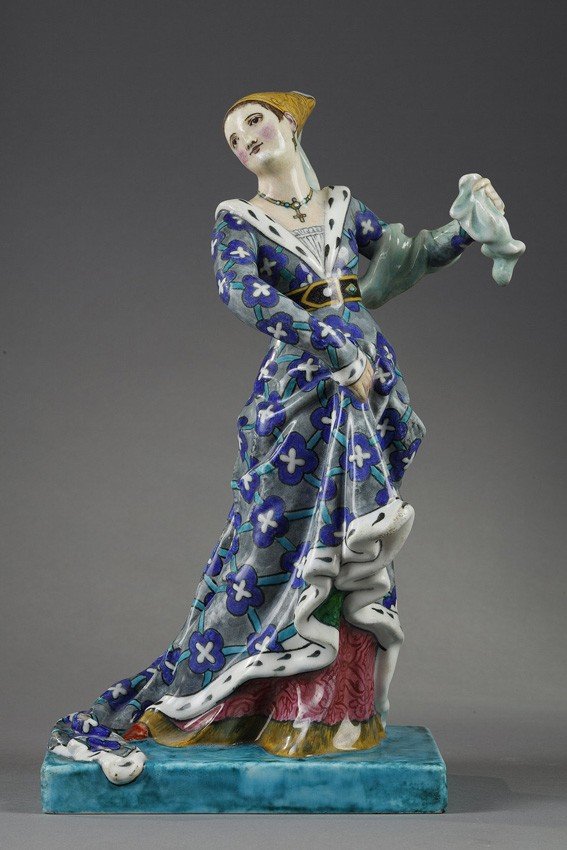
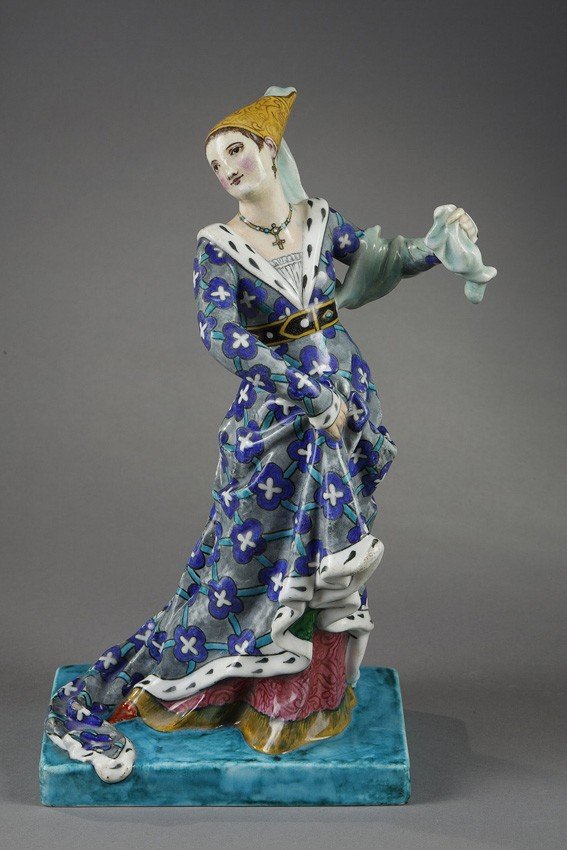
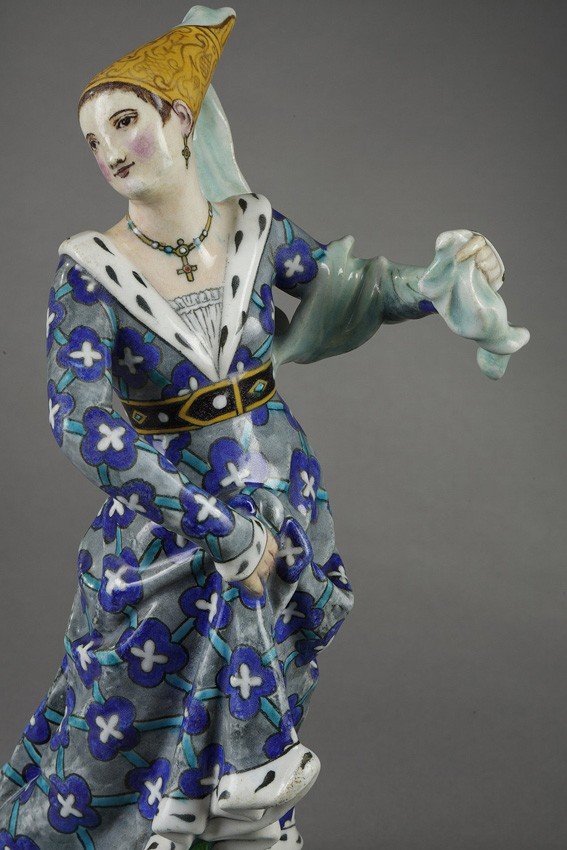
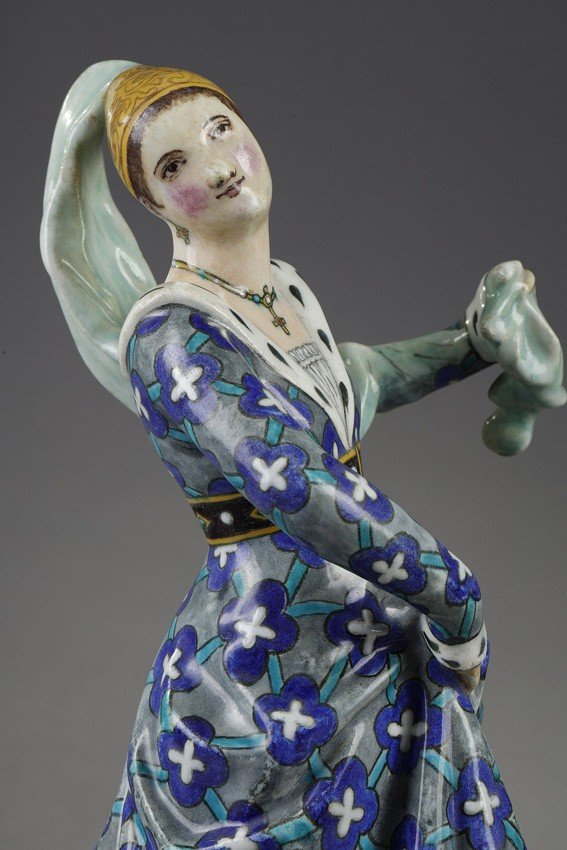

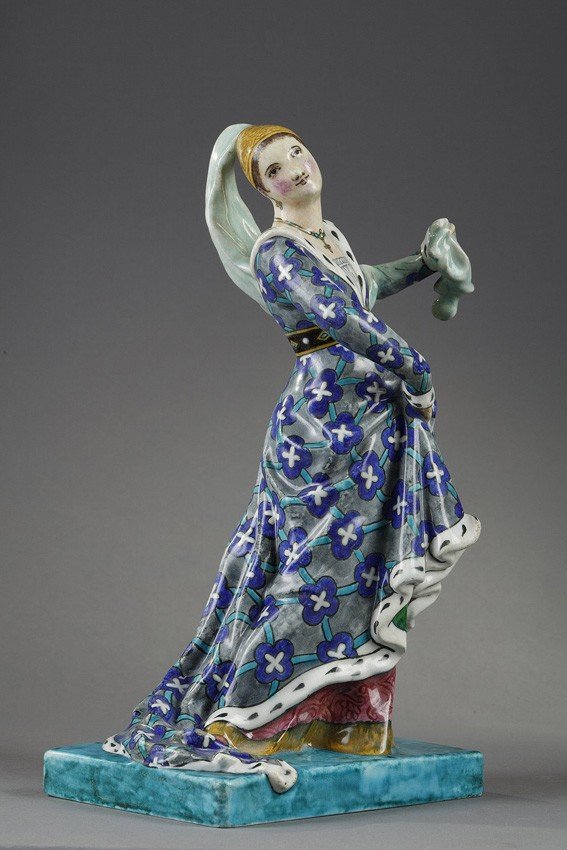
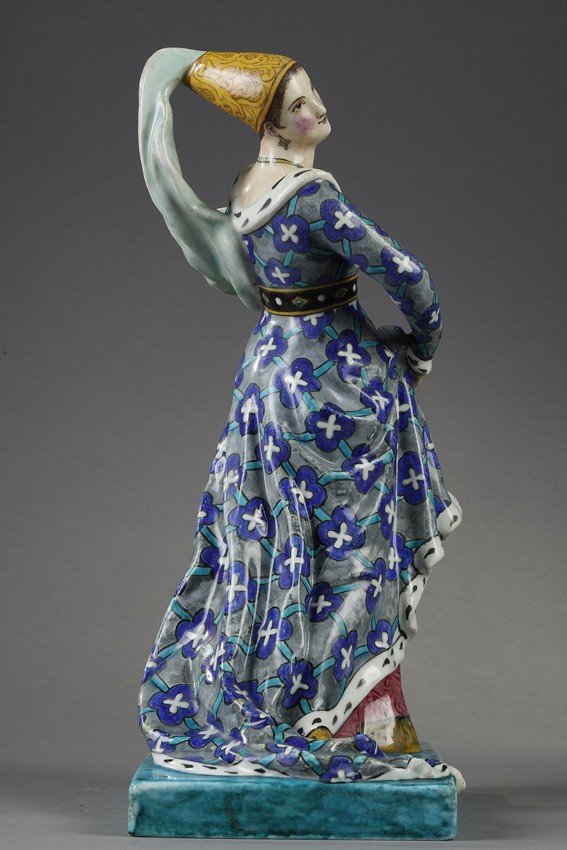
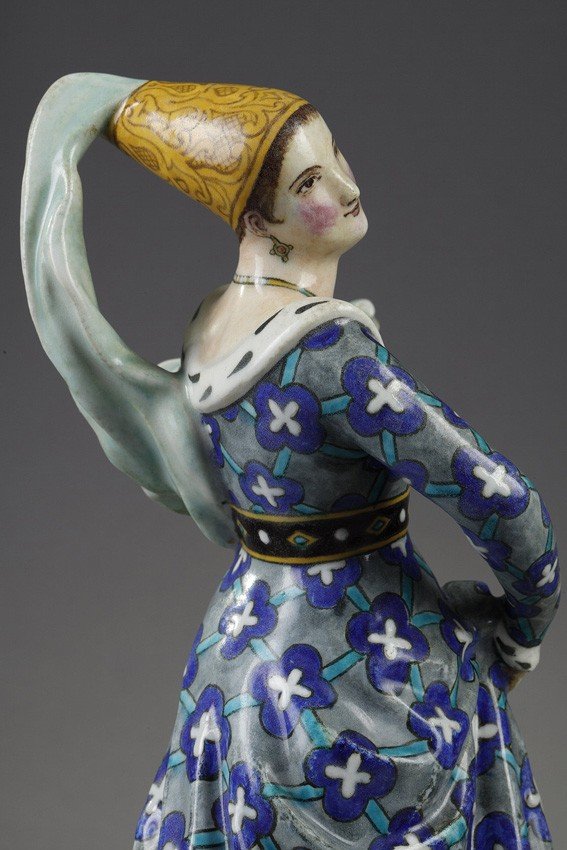
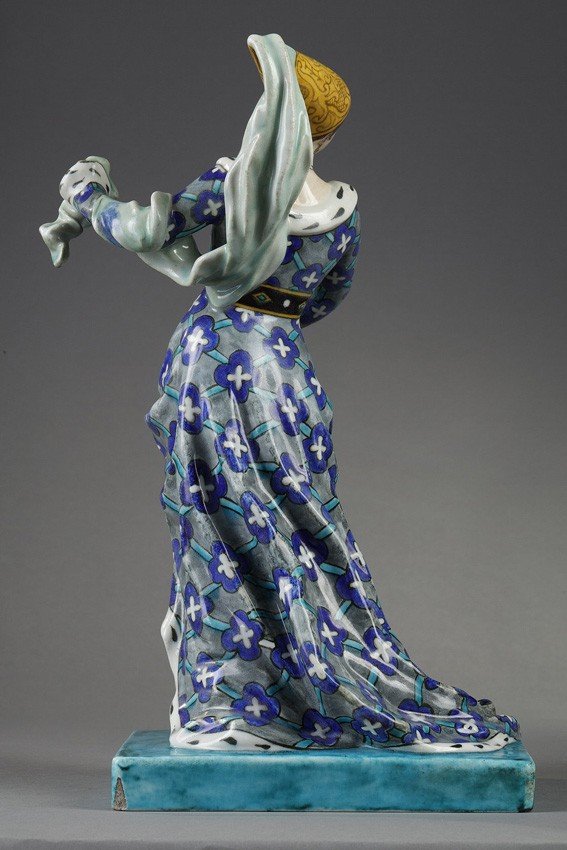
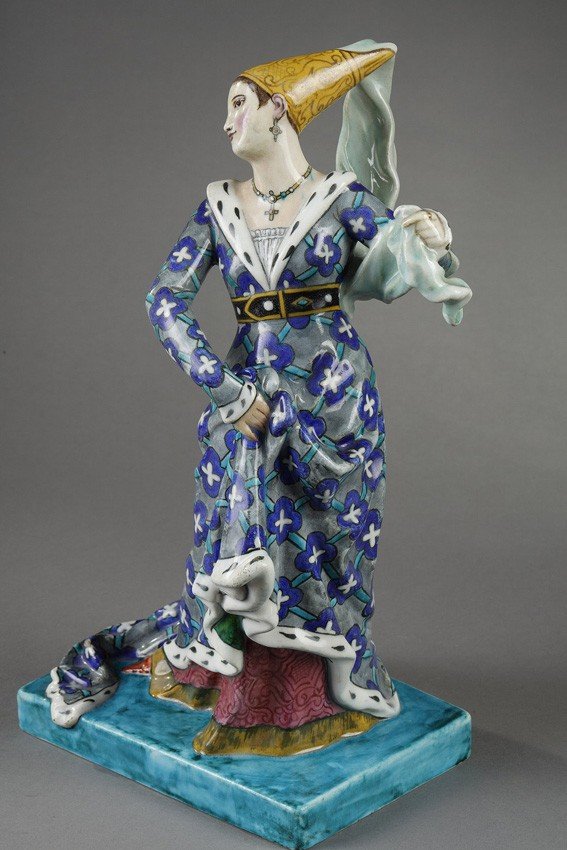
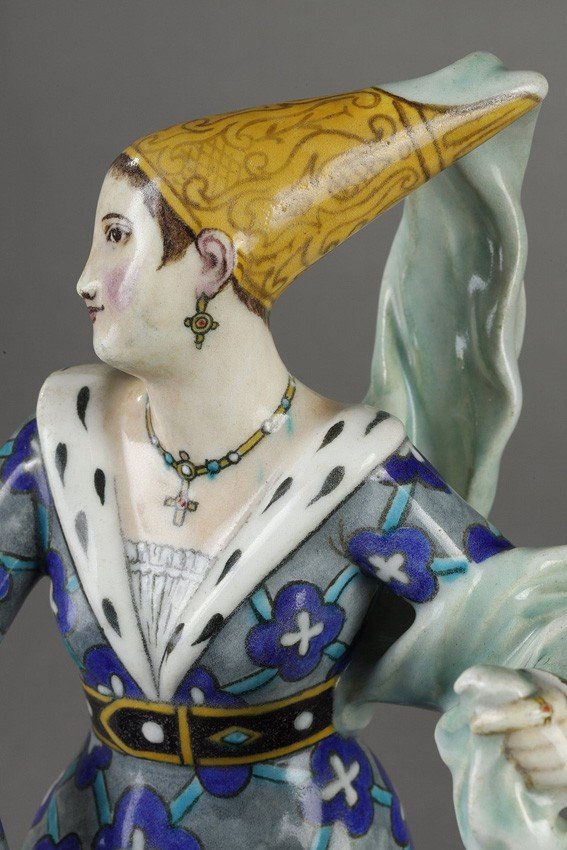
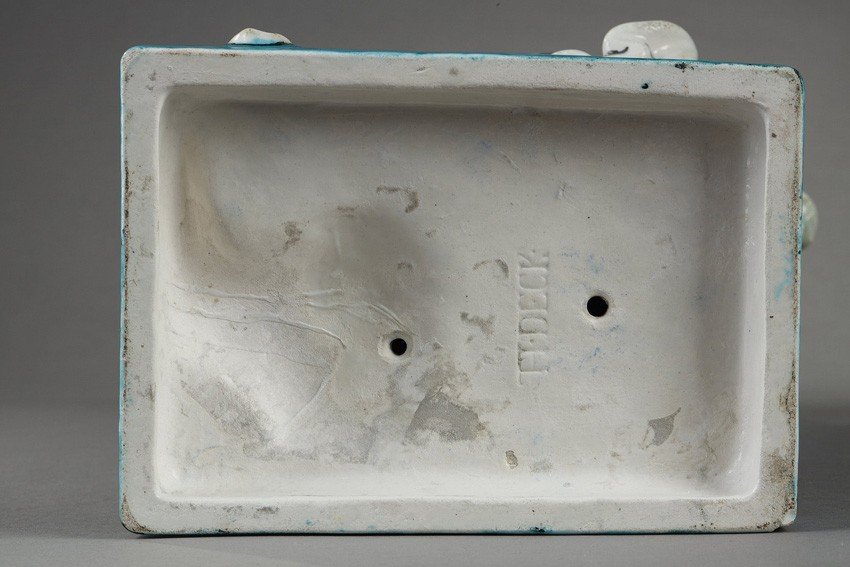
















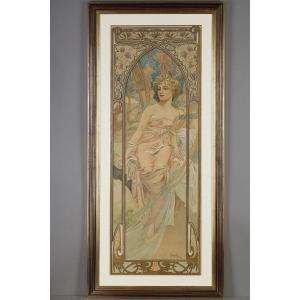

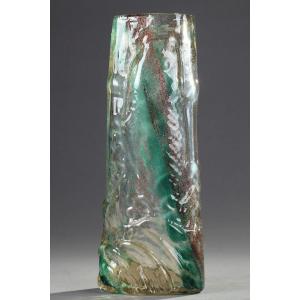
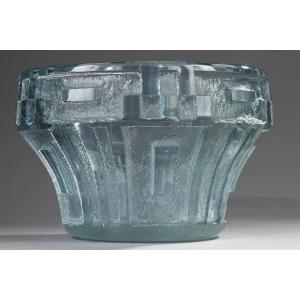
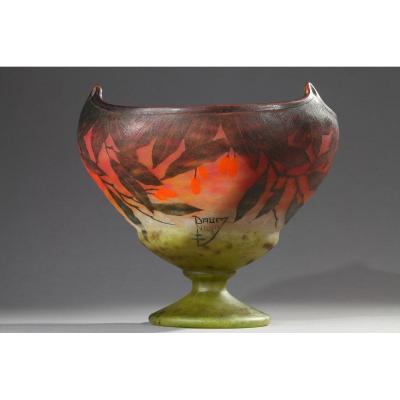

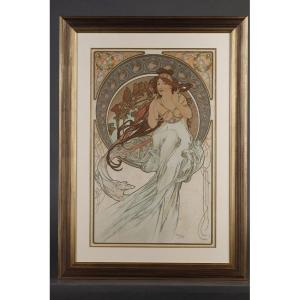
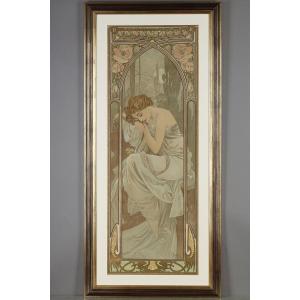

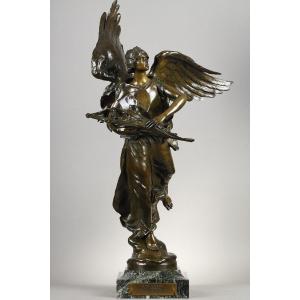
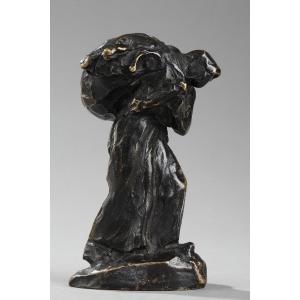


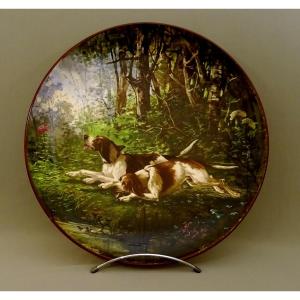



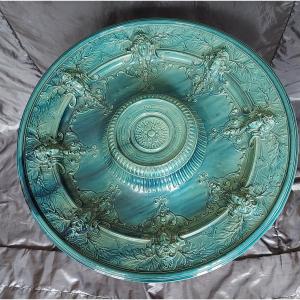



 Le Magazine de PROANTIC
Le Magazine de PROANTIC TRÉSORS Magazine
TRÉSORS Magazine Rivista Artiquariato
Rivista Artiquariato